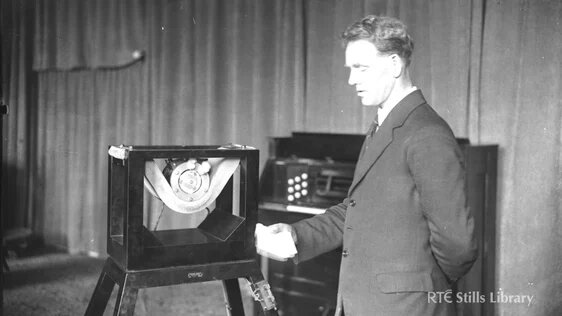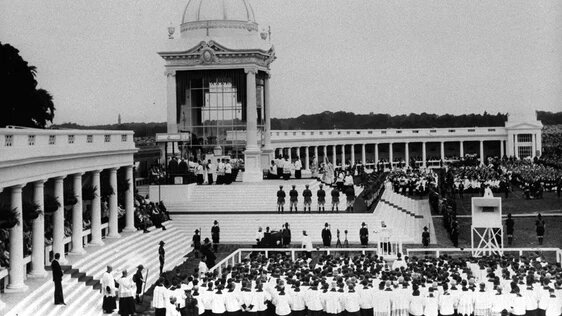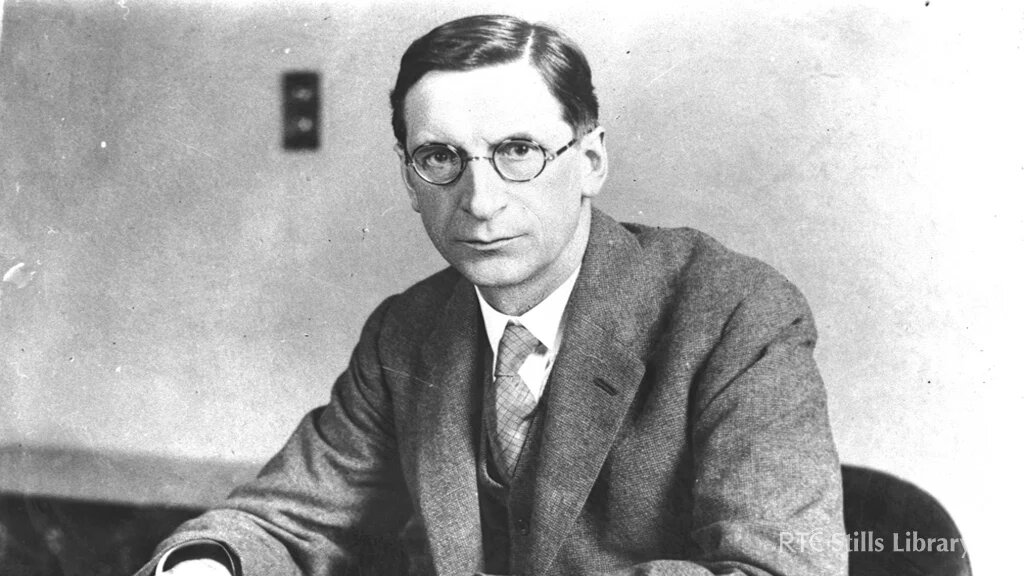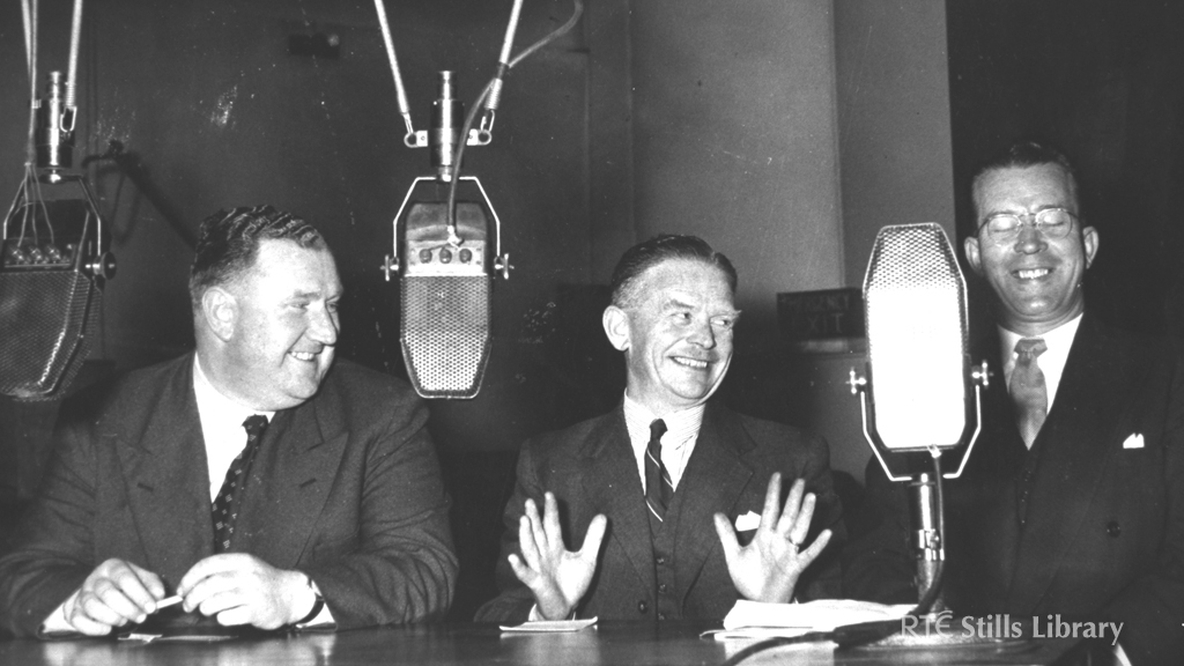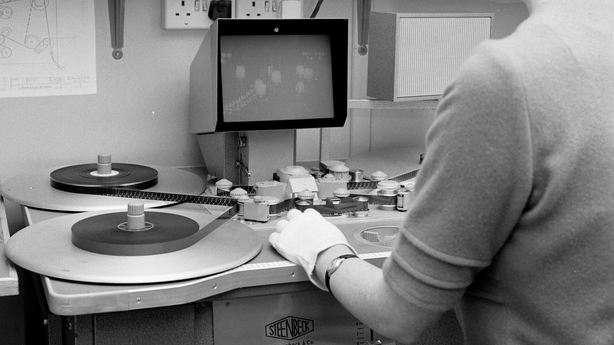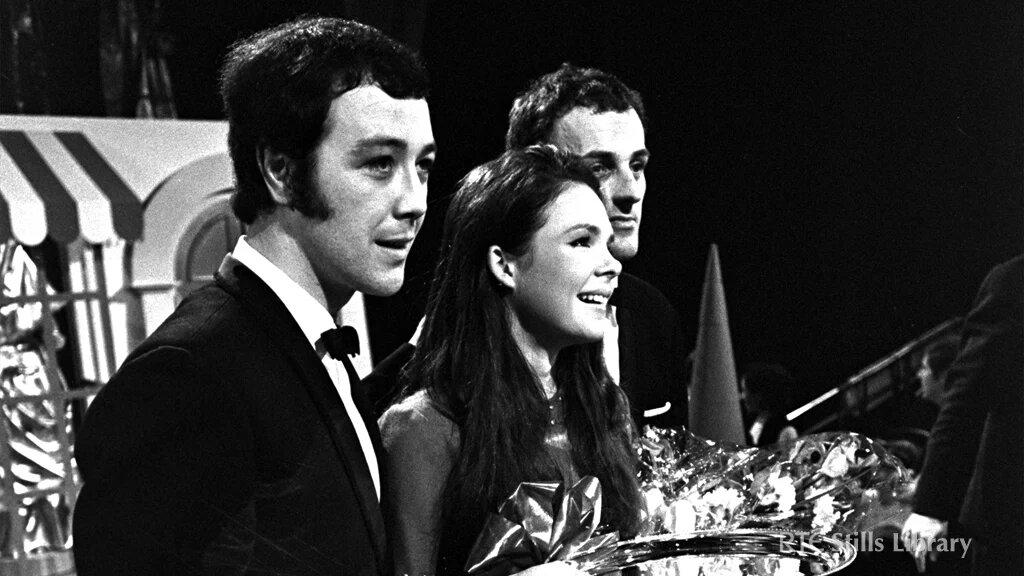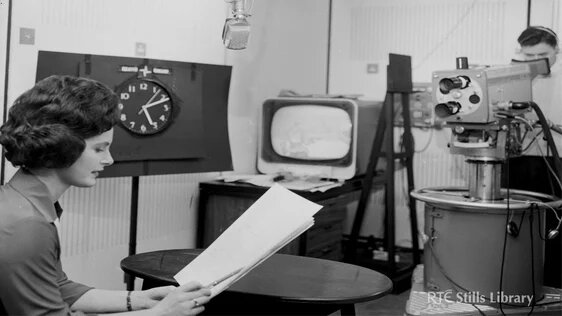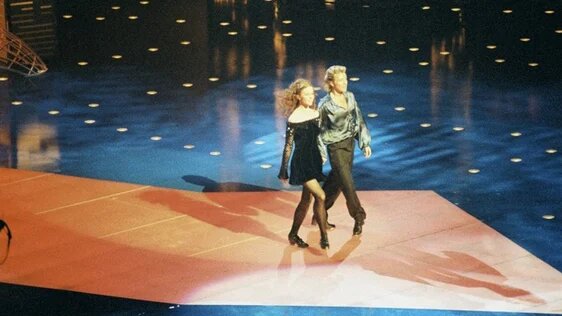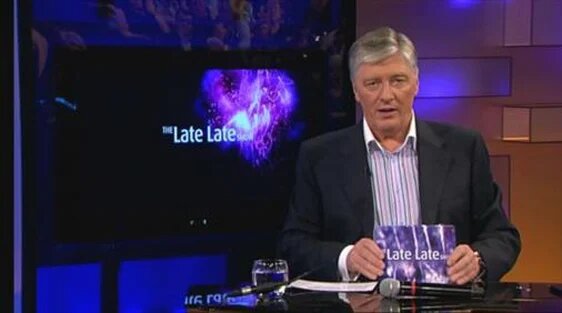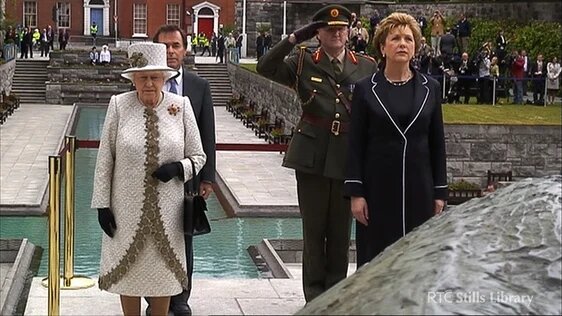Raidió Teilifs Éireann (RTÉ), or “Radio & Television of Ireland,” is Ireland’s national broadcaster, with headquarters in Donnybrook, Dublin. It creates and distributes radio, television, and internet programming. It is one of the world’s oldest continuously operating public service broadcasters, thanks to its radio service and regular television broadcasts.
We’ve compiled a list of notable and minor RTÉ moments from the past.
Broadcasting From a Studio
Ireland was one of the first European countries to recognize radio as a viable medium. In the 1920s, 2RN began broadcasting from a studio and office at 36 Little Denmark Street in Dublin. The station’s first Director of Programming was Seamus Clandillon. There were few speech programs, with a focus on solo performers performing live music. In 1927, a studio was opened in Cork, and the following year, 2RN relocated to the General Post Office in Dublin.
Rté’s New and Powerful Transmitter
The brand-new, incredibly potent 60 kilowatt (later expanded to 100 kw) transmitter erected at Athlone helped 2RN broadcast the World Eucharistic Congress live in Dublin in 1932. At High Mass, you can hear John McCormack’s singing voice. The BBC and several national stations in continental Europe covered the event. This was the largest event broadcast on Irish radio in its early days. In 1938, Radio Athlone changed its name to “Radio Éireann.”
Radio Éireann Testing During the Second World War
Radio Éireann encountered issues during the Second World War, also referred to as “The Emergency” in Ireland. The Emergency Powers Act greatly constrained the Irish media between 1939 and 1945. Due to the fact that Radio Éireann is a state-run service that is accessible worldwide, it has received additional scrutiny.
The Formation of the Television Commission
In the 1950s, radio remained RTÉ’s sole broadcast medium. At the GPO, new studios have been established. In the late 1950s, a Television Committee was formed with the goal of establishing an Irish television service with as little government funding as possible. It first proposed a service similar to ITV, with five mountain summits serving as transmission sites and outfitted with FM radio transmitters. Other advancements in Radio Éireann’s programming included the debut of the Thomas Davis Lecture series, the first broadcast of the Angelus, and the station’s first soap opera, “The Kennedys of Caslteross.”
The First Television Broadcast
On New Year’s Eve 1961, television broadcasts were first seen. In 1966, both stations were given the corporate name RTÉ (Radio Telefs Éireann). Television became a major cultural influence in Ireland due to its ability to discuss previously taboo topics, such as abortion and contraception. These schemes had an impact on Ireland’s evolving socioeconomic structure. Telefs Éireann began experimenting with children’s television at this time with the groundbreaking program Wanderly Wagon, which starred Judge and Mr. Crow and influenced a generation.
RTÉ Launching of Two New Radio Stations
RTÉ launched RTÉ 2, a second television channel, as well as Raidió na Gaeltachta and Radio 2 in the 1970s. Section 31 of the Broadcasting Act was invoked as the violence in Northern Ireland worsened, and the political situation became more complicated. Dana’s performance of “All Kinds of Everything” contributed to Ireland’s first Eurovision Song Contest victory in 1970. The Pope’s visit to Ireland in 1979 was extensively covered by RTÉ radio and television.
Irish Public Service Broadcasting
Several changes have occurred in the television production industry. HDTV debuted in Europe in 1982 at an EBU conference in Killarney. During this decade, RTÉ changed the way it provided weather forecasts and launched the Aertel service. Videos would take the place of films. Due to the volatile political environment, RTÉ was forced to cover three general elections in less than two years. On the radio, current events were dominated by “Morning Ireland” and “Tonight Tonight.” The Riordans, a radio drama, ended in 1985, and Glenroe, a rural drama, debuted in 1983.
The Growing Offers of RTÉ
In the 1990s, RTÉ began to expand its programs in order to provide regional diversity. The internet became more accessible to more people as personal computer ownership increased and broadband speeds improved. RTÉ began offering services online in order to attract viewers on new platforms and from outside of Ireland. The announcement of an IRA ceasefire and the debut of Riverdance as the intermission performance at the 1994 Eurovision Song Contest were two significant events covered. In addition to announcing her retirement, Gay Byrne, one of the longest-serving broadcasters, was hired as a Washington reporter for the first time this decade.
RTÉ New Round of Drama
New drama series such as “RTÉ Television” premiered “Paths to Freedom,”Bachelors Walk,” and “The Clinic.” A national conversation about senior care erupted after a current affairs program called “Prime Time Investigates” revealed the conditions at the Leas Cross nursing facility. “Questions and Answers” ended after 23 years, but “The Late Late Show” would have a new host. Moydrum’s final medium wave transmitter went offline while a high definition television pilot was airing.
Rté Transition From Analog to Digital
RTÉ considered switching from analogue to digital transmission during difficult financial times. In May 2011, RTÉ covered two major state visits as well as the funeral of a former Taoiseach. In Ireland, all analogue television transmissions ceased in 2012, and RTÉ’s television channels are now only available digitally via Saorview, satellite, and cable. In 2014, RTÉ made television advertising history by airing the first-ever native HD commercial in the UK and Ireland.
Munia Jamal is a freelance content writer and translator with 5 years of experience, working with different clients and agencies. She believes that content is nothing but showing your creativity through words. She can be contacted at muniaj99@gmail.com.

